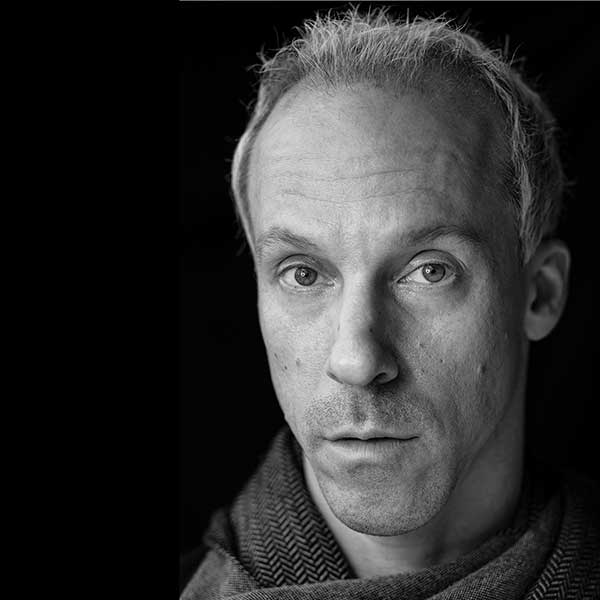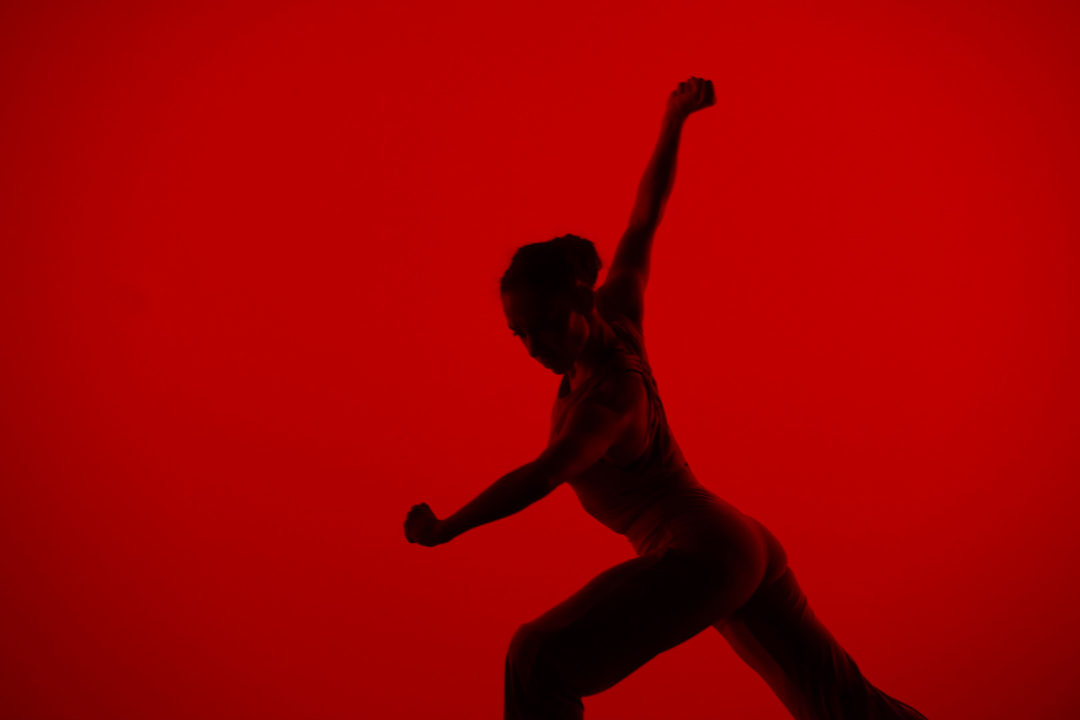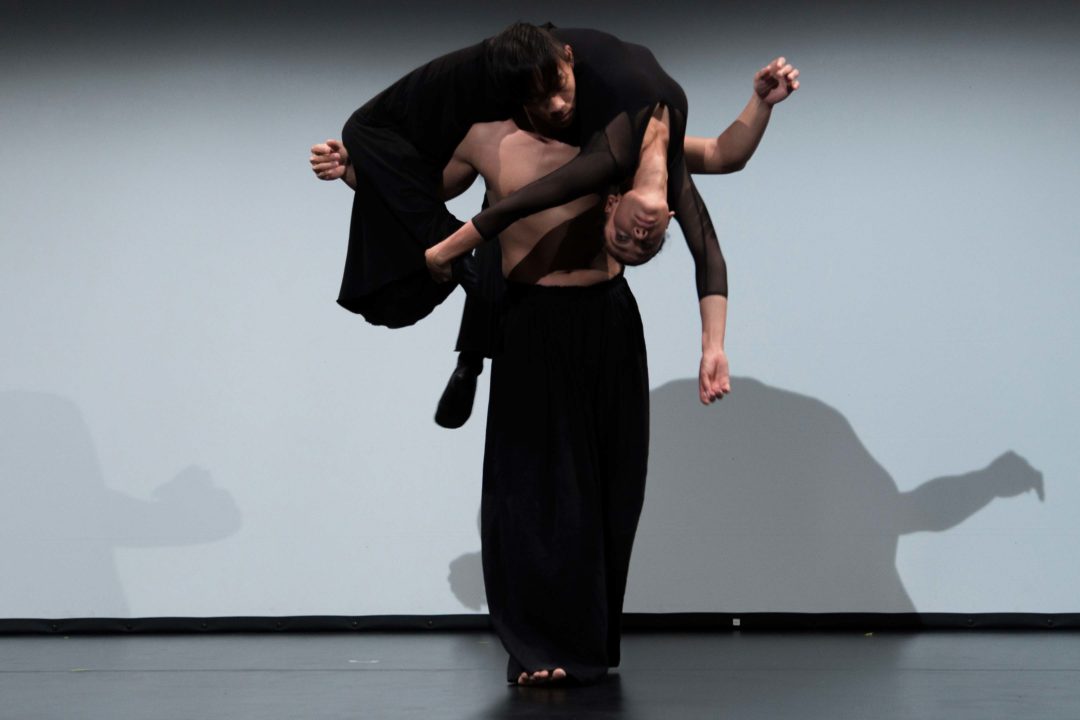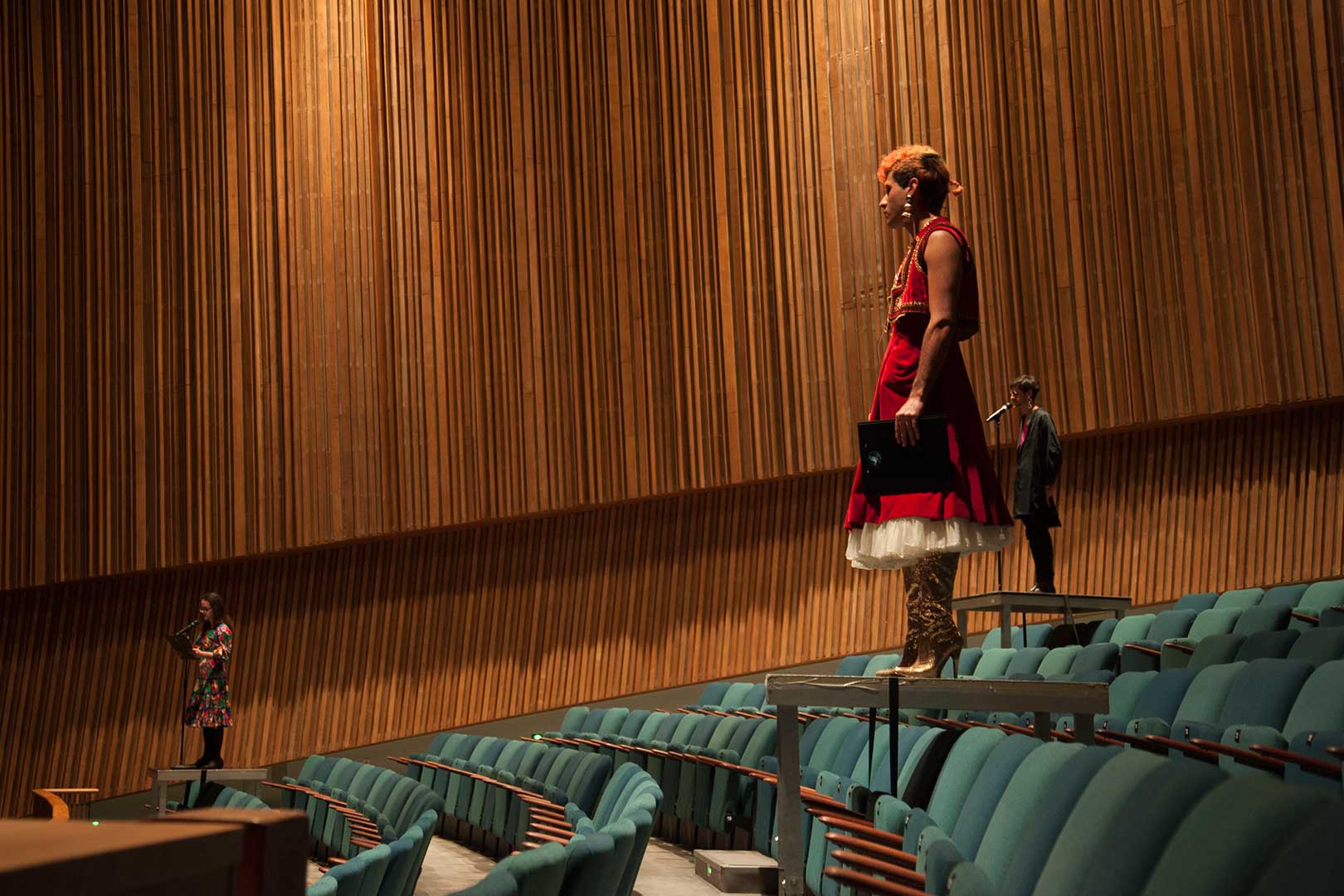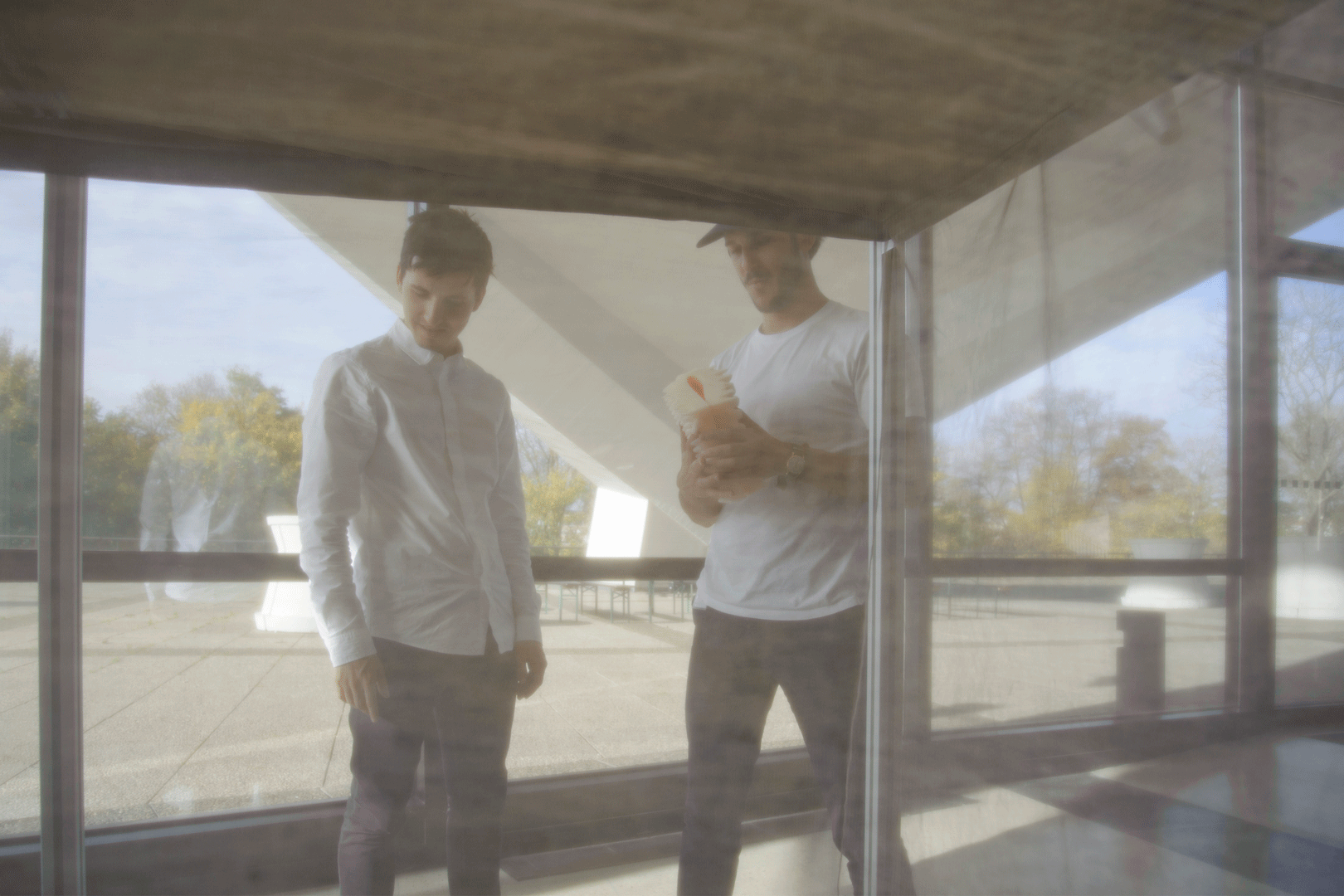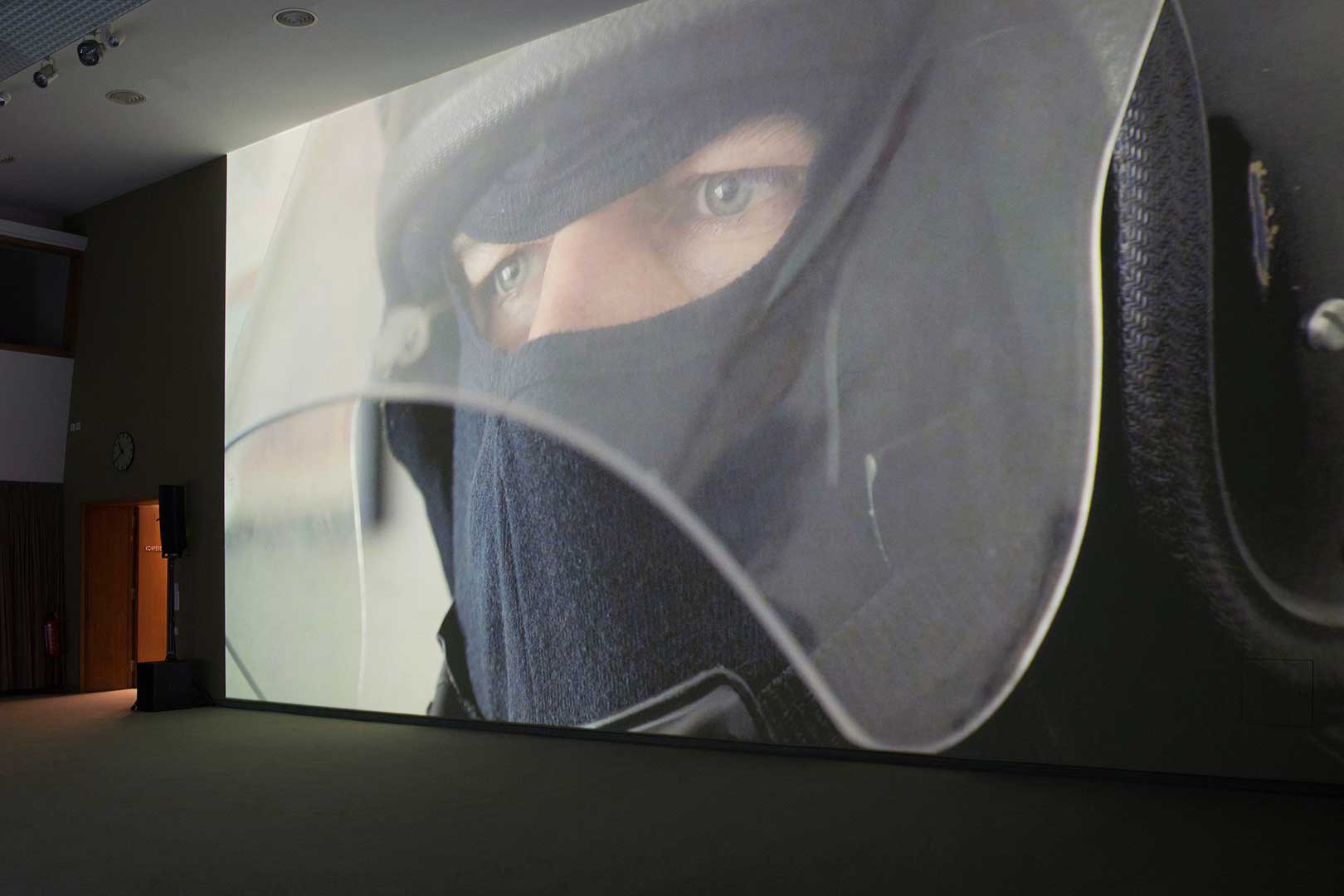Raqsistan, The Land of Dance: A Cartography of the Body presents dance as an accessible art form capable of transcending linguistic, political, and religious boundaries. Central Asian dance is highly diverse and each regional dance style is distinctly evocative of its environment. For her performance, Pandeya will draw upon four dance forms, representing four emotions. There’s Uyghur Xinjiang, a dance based on fluidity of movement, that she will use to represent sadness; then the traditional “attan” dance movements, a national dance of Afghanistan traditionally performed by men before times of war, to represent anger. Classical Tajik and Uzbek dance performed to syncopated drumming and virtuosic, expansive, and fast-paced dance styles visually evoke the final two emotions, fear “of the Other,” and bliss. Her project shines a light on Central Asian dance forms and illuminates the crosscultural ties intrinsic to our collective history.
Tara Catherine Pandeya
Choreographer
Raqsistan, The Land of Dance: A Cartography of the Body
Tara Catherine Pandeya’s project is a one-woman multimedia show inspired by human emotions.
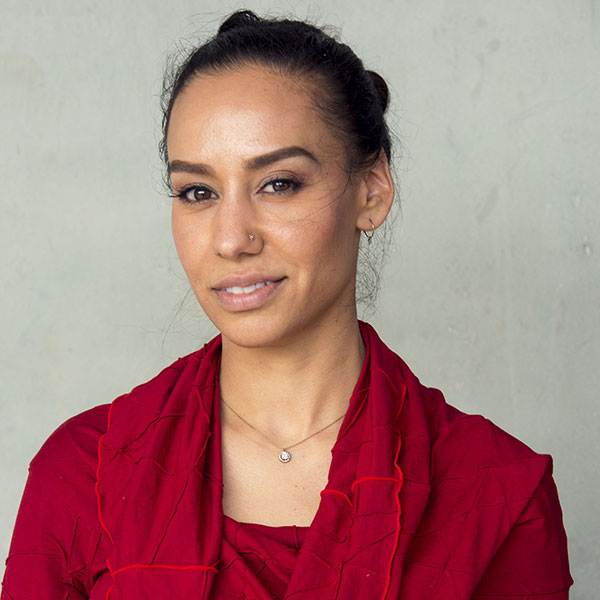
Tara Catherine Pandeya
Raqsistan, The Land of Dance: A Cartography of the Body is a fictional dance world of Pandeya’s own invention, choreographed using the traditions of ethno-contemporary Central Asian dance.
“What are effective ways to express traditional and ethno-contemporary movement in a postmodern framework? How can one execute a harmonious synthesis between dance and technology in performance work? Are we able to retain the imprint of our ancestral lineages through expression in the body? As a specialist and traditional artist of Central Asian dance, I have a strong commitment to uphold and honor my form, but I am also not afraid to push boundaries and raise audacious questions.”

